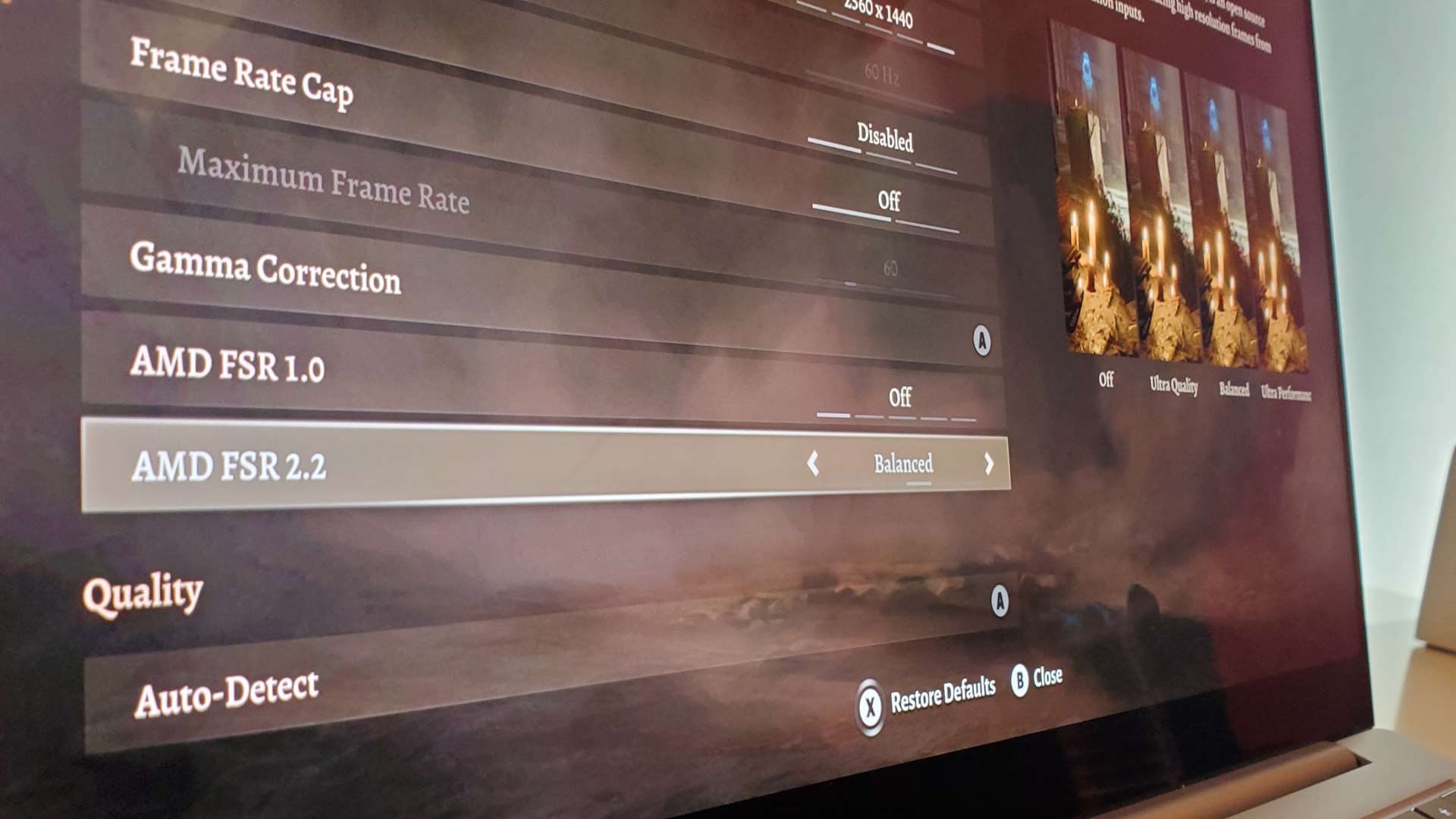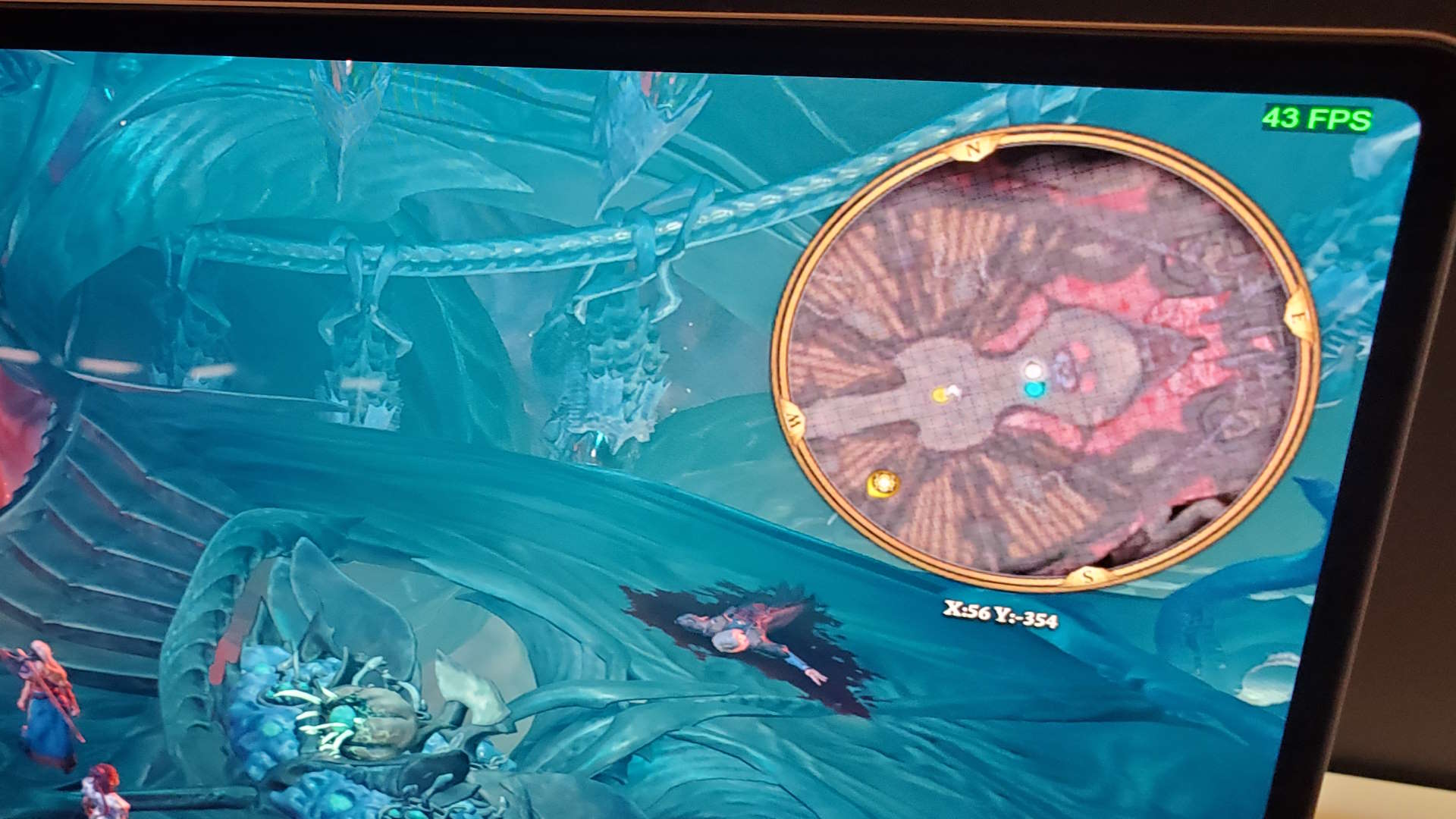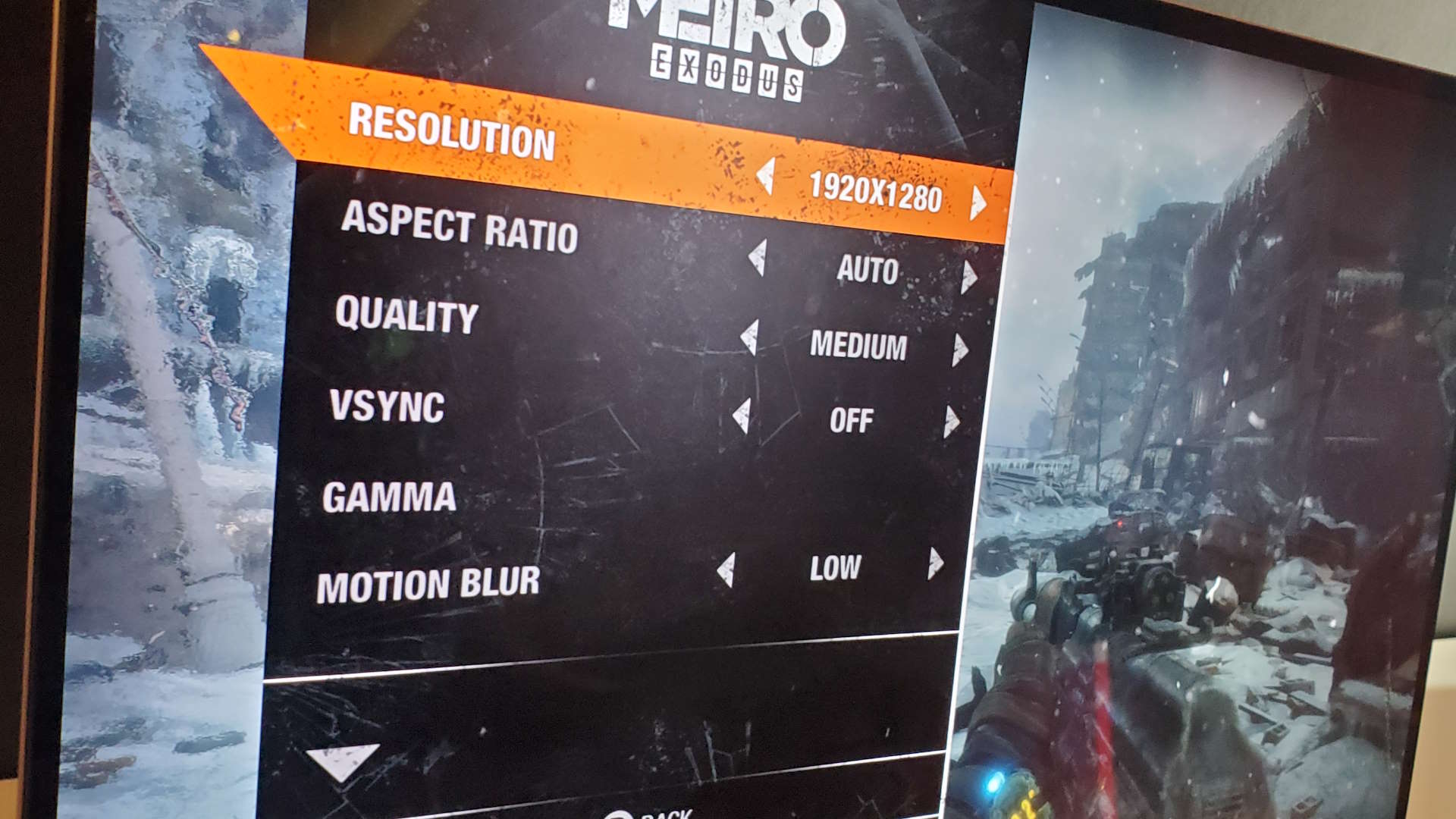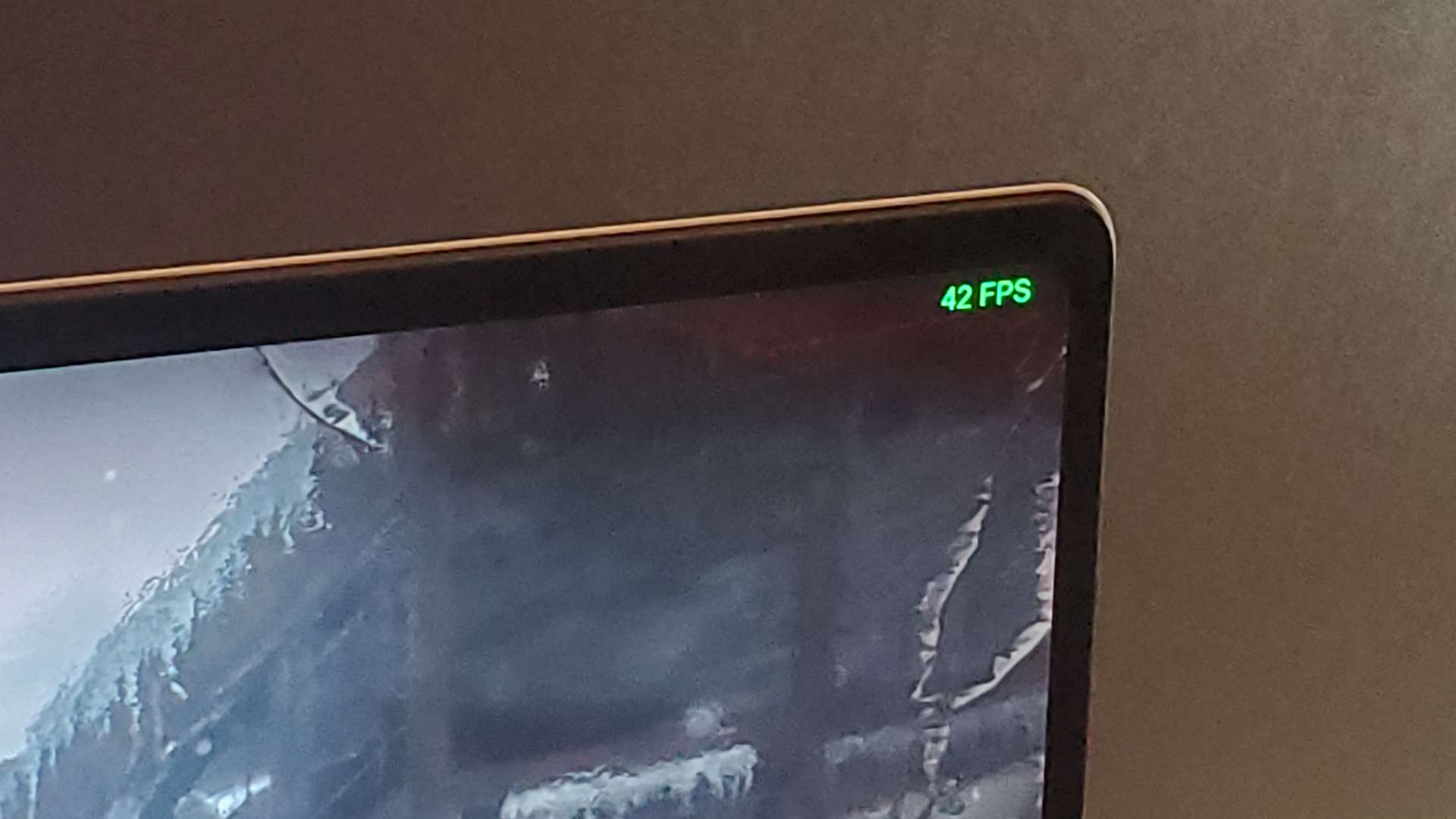Qualcomm's new Windows PC chip supports AMD's FSR… and I'm not sure AMD had any idea about it
The new Snapdragon X Elite processors, the vanguard for the AI PC boom, makes great use of the red team's upscaler.




One of the things I was most interested to see out here at the Computex 2024 techstravaganza were the swathe of Snapdragon X Elite laptops that are soon to launch, mostly because it's been surprisingly bullish about its gaming performance. But the first time I've actually got to test the gaming performance myself yielded something surprising: The X Elite uses AMD's FidelityFX Super Resolution (FSR) upscaling to great effect.
And the other surprising thing is that some AMD folk I spoke to at the show didn't seem to know that was a thing, either.
But this is the strength of FSR; it's been built to be vendor agnostic, but I don't think it was expecting to be completely instruction set agnostic, either. After all, we are talking about a very different version of Windows here. Snapdragon X Elite chips run on Windows on ARM as they're not the same sort of x86 silicon as Intel and AMD's traditional CPUs.
At the demo event in downtown Taipei we had the chance to get our hands on a host of different Qualcomm-based laptops, from all the top notebook manufacturers, but it was the Samsung Galaxy Book4 Edge that piqued my interest because that was the one running Baldur's Gate 3.
As is my wont, on clocking the 30-odd fps frame rate I jumped straight into the settings to see what level the game was running on. Now, it was just playing at 1920 x 1080 and set to a global Low level in the game. Which is fine, it's not stellar, but absolutely playable and you could be bounding through Baldur's Gate on this thin-and-light machine for a lot longer than any other mobile device thanks to the integrated Adreno GPU's power-sipping performance.
But then I clocked the FSR settings, thinking 'surely, this won't work, this won't make any difference?' However, just flipping FSR 2.2 to Quality on the same settings jumped the 1080p performance up by at least 10 fps, sometimes higher. Feeling more confident, despite the concerned look on the face of the Samsung R&D dev standing by my side, I bumped the resolution up to 1440p.
To be a little kinder to the system I also dropped the FSR level down to Balanced, which resulted in a pretty comfortable 32 fps minimum. Now, in these days of high refresh rate screens and the idea that 60 fps is a miserable gaming experience, that probably sounds like a nightmare. But anyone who's gamed on a Steam Deck will understand mobile gaming compromises and that you can still have a great gaming experience at a lower frame rate.
Keep up to date with the most important stories and the best deals, as picked by the PC Gamer team.
I also tried the original Metro Exodus running on the Samsung machine, at 1920 x 1280 on Medium settings, and that was delivering between 40 - 70 fps. And that was obviously without Nvidia's proprietary DLSS upscaling.
So, for me I'm actually pretty impressed with that.
I asked the Qualcomm and Samsung people at the event about whether XeSS, a similarly agnostic upscaler was working with the X Elite, but they hadn't yet tested that. But at this point I would be surprised if it wasn't.
To this point we'd assumed Automatic Super Resolution, its AI upscaler baked into Windows would be the only one of that ilk to be available to the Snapdragon X Elite chips, but it seems not. Which, as I say, surprised the people at AMD I mentioned it to.
"So you guys are accelerating Snapdragon, then," I say.
"Oh, oh, okay. Well hey, we've been accelerating Nvidia cards for a while now, too..."
Catch up with Computex 2024: We're on the ground at Taiwan's biggest tech show to see what Nvidia, AMD, Intel, Asus, Gigabyte, MSI and more have to show.

Dave has been gaming since the days of Zaxxon and Lady Bug on the Colecovision, and code books for the Commodore Vic 20 (Death Race 2000!). He built his first gaming PC at the tender age of 16, and finally finished bug-fixing the Cyrix-based system around a year later. When he dropped it out of the window. He first started writing for Official PlayStation Magazine and Xbox World many decades ago, then moved onto PC Format full-time, then PC Gamer, TechRadar, and T3 among others. Now he's back, writing about the nightmarish graphics card market, CPUs with more cores than sense, gaming laptops hotter than the sun, and SSDs more capacious than a Cybertruck.


